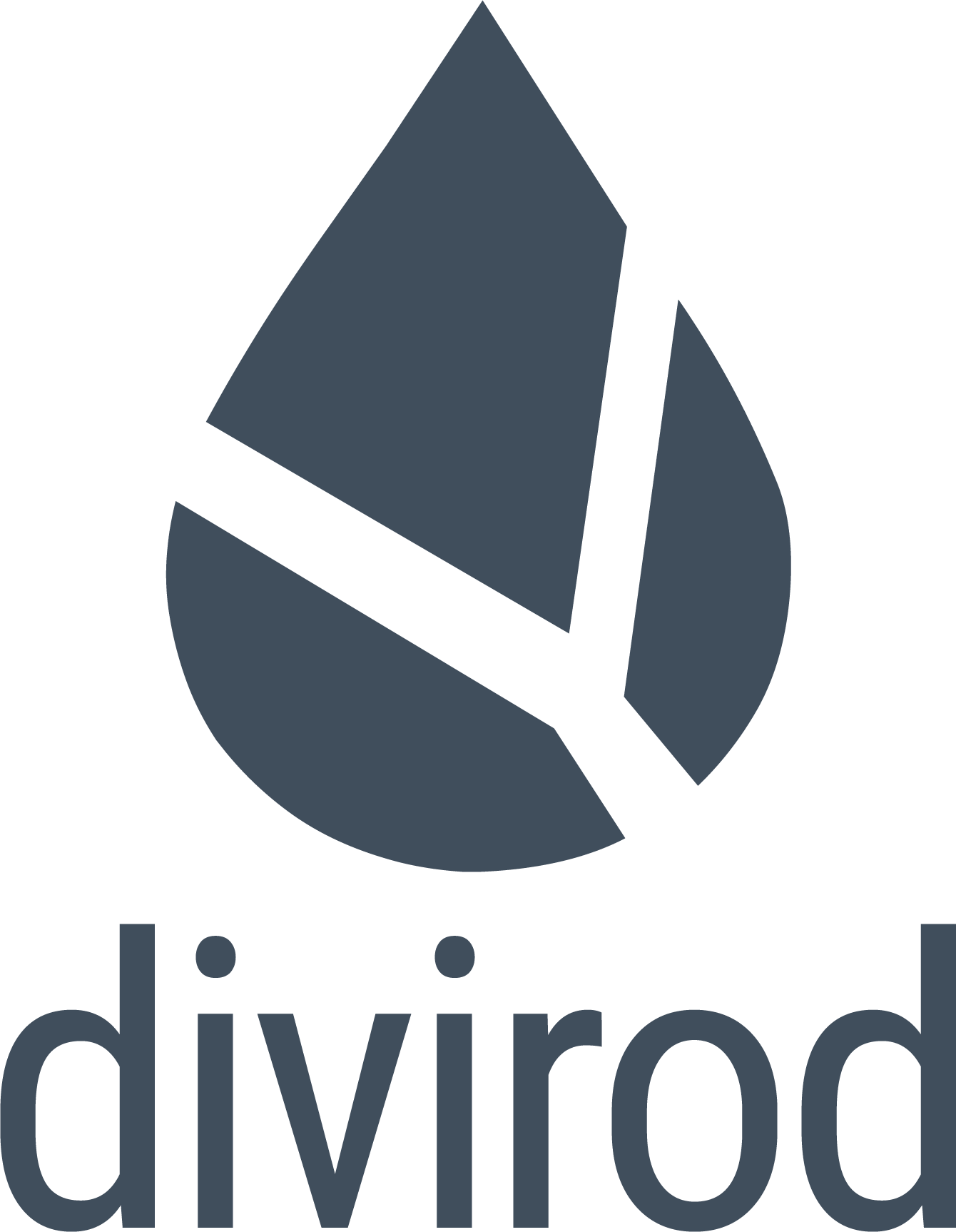DT offers LTE-M solutions to help monitor flood risks, roof collapses, coastal erosion
Deutsche Telekom has developed a new LTE-M based sensor solution with US based infrastructure and analytics company Divirod to help municipal authorities and water companies to gather data insights about the risk of flooding and extreme weather events. Divirod has developed the sensors, and Deutsche Telekom is providing a global SIM and IoT connectivity.
The solution has so far been deployed in Florida in the US “as a precaution against floods”, and in Venice in Italy “to protect cultural heritage”. It has also been deployed variously in “other locations in the US and Europe” to collect data to help allocate scarce drinking water in reservoirs and dams, the pair said. Divirod is managing a network of IoT sensors across the globe, it said; their number is being expanded all the time.
The sensors record water levels in reservoirs and rivers, monitor coastlines, and measure hazardous rain and snow accumulation on roofs. Their data is transmitted via Deutsche Telekom’s LTE-M access network, or via its roaming partners in markets where it does not have infrastructure of its own. The data is then carried back to Divirod, and offered as-a-service to cities and enterprises on a consumption-based annual subscription.
There are no “investment costs”, noted Divirod, except for the annual service subscription to access the data. Deutsche Telekom offers LTE-M connectivity in 17 countries, one way or another, with access coverage handled by AT&T in the US and NTT DoCoMo in Japan. The sensors revert to 2G or LTE (4G), if an LTE-M connection is unavailable.
A statement said: “Conventional methods of measuring water levels are often time-consuming and costly, and… comparatively inaccurate… [This] solution can measure and predict water risks of all kinds – an impending river flood, a dangerous reservoir drought, or the collapse of a flat roof under the weight of water or snow. The data can therefore enable highly informed water risk mitigation decisions like never before.”
Divirod’s RoofWatch application was developed to monitor roofs on commercial properties and large warehouses. The sensor alerts when there is too much water, snow, or ice on the roof; it also detects congestion in drains. Its coastal monitoring system collects data on tidal waves, strong wave activity, and possible coastal erosion, with coastal sensors calculating when a flood will hit the land.
Subscribe now to get the daily newsletter from RCR Wireless News
The data can be used to implement and demonstrate asset protection measures to insurance companies, financial institutions and municipalities, the company said. The company says it is “working to build the most complete database of water data”. Water data is key to rapid response, medium-term decision-making and long-term planning, it said.
Divirod, founded in 2016, has until now relied on data from satellites that are in constant view of its sensors. Its sensors detect signatures in reflected satellite signals, used to analyse surface soil moisture to develop “irrigation prescriptions for irrigation controllers” and forecast water-related risks. So the story goes; the LTE-M element provides a new transport channel for its data.
Javier Marti, founder and chief executive at divirod, said: “Our satellite-based network provides precise measurement data in real-time. Given the comparability and granularity of the data, we can provide the most up-to-date assessment of any water risk at any time. Our technology is highly scalable, cost-effective, and can be deployed globally.”
Dennis Nikles, managing director of Deutsche Telekom’s IoT business, said: “As we have seen very dramatically in Germany this year, water disasters can affect us all. With [this] solution, water levels can be tracked continuously, precisely, and automatically. The data can be used to visualize the long-term effects of climate change. The technology helps us to think and act with foresight so disasters can be avoided, or their impacts reduced.”
The new solution reflects the NB-IoT prototype sensor Vodafone has deployed with the UK government’s 5G RuralDorset initiative, along the UK’s Jurassic Coast, to help with cliff monitoring and also smart farming – and suggests, again, that cellular IoT is a serious contender in the low-power wide-area (LPWA) IoT networking space.


